CNC Machining
200 sets high precision CNC machine, covering turning, drilling, milling, broaching,grinding, wire EDM etc. all machining process.Machined prototypes and production parts in as fast as 1-3 days
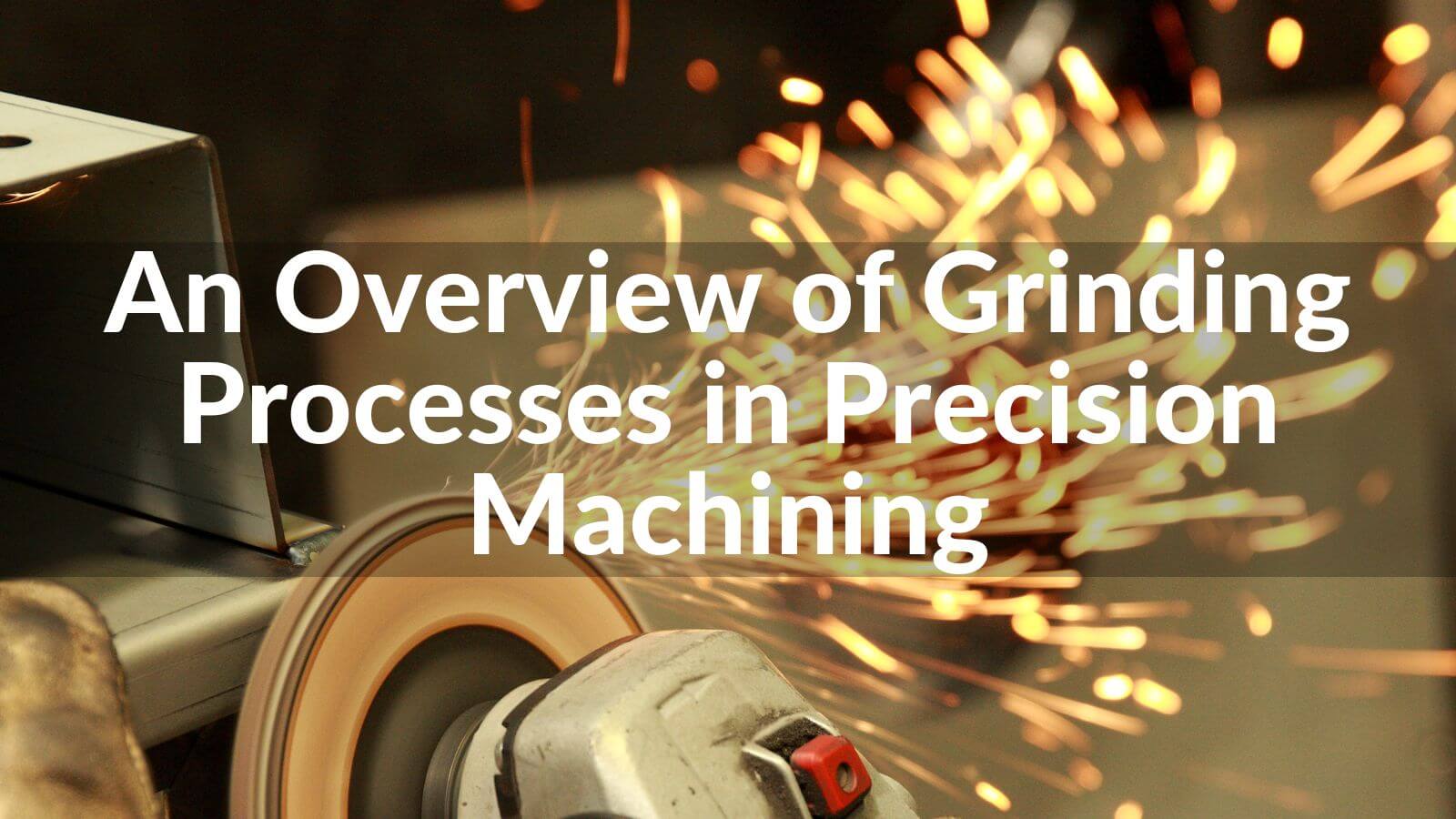
Precision machining is a critical process that plays a significant role in various industries, ranging from automotive and aerospace to medical device manufacturing. It involves the production of intricate components with tight tolerances and exceptional surface finishes. Among the various techniques used in precision machining, grinding processes stand out for their ability to achieve superior accuracy and surface quality.
Grinding processes hold a crucial position within the realm of precision machining. These processes involve the removal of material from a workpiece through the application of abrasive particles, resulting in the desired shape, size, and surface quality. Unlike other machining methods such as turning or milling, grinding offers the unique advantage of achieving exceptional precision and fine finishes, making it indispensable for numerous applications.
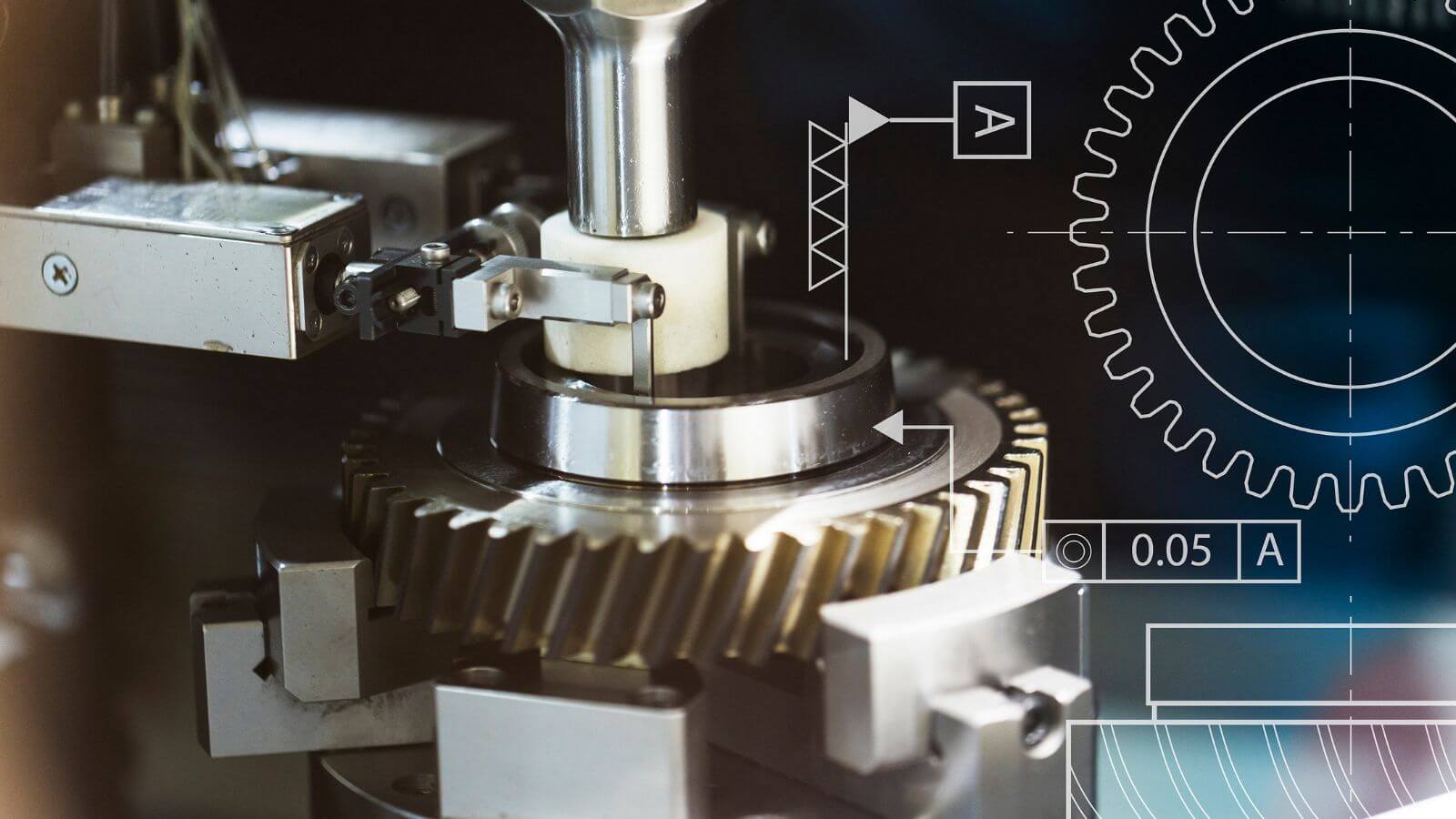
Precision grinding is a machining process that involves the removal of material from a workpiece using abrasive particles. This process is carried out by a rotating grinding wheel, composed of abrasive grains bonded together to form a sturdy structure. The grinding wheel's rotational movement, combined with the application of pressure, causes the abrasive grains to remove small chips of material from the workpiece, resulting in the desired shape and surface quality. This gradual material removal allows for precise control over the dimensions and surface finish of the machined components.
In precision machining, grinding tools play a critical role in achieving accurate and high-quality results. These tools come in various shapes and sizes, including grinding wheels, grinding stones, and grinding belts. The selection of the appropriate grinding tool depends on factors such as the material being machined, the desired surface finish, and the specific grinding process being employed.
2. Types of Grinding Processes Used in Precision Machining
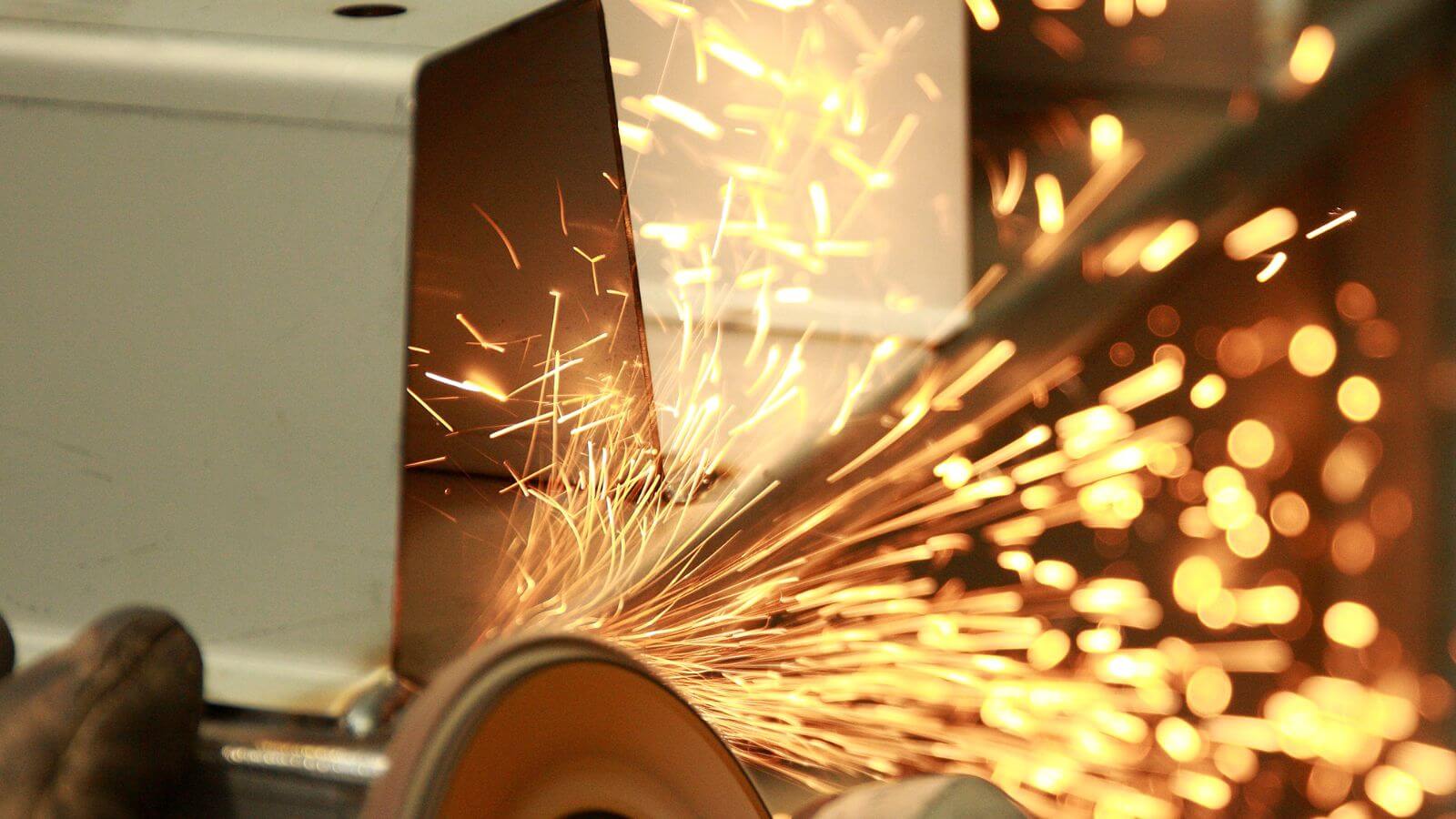
Precision machining employs various types of grinding processes to meet specific requirements. Let's explore some of the most common types:
A. Surface Grinding
Precision machining frequently uses the grinding technique of surface grinding. It includes scraping particles from a workpiece's surface with a spinning grinding wheel. The workpiece progressively loses material as the grinding wheel goes back and forth over it, creating a flat and smooth surface. Surface grinding is renowned for its capacity to produce parts with exceptional surface finishes and tight tolerances. It has uses in the automotive, aerospace, and tool production sectors.
B. Cylindrical Grinding
Cylindrical grinding is employed to create cylindrical shapes or improve the accuracy of existing cylindrical surfaces. This process involves rotating the workpiece while a grinding wheel traverses its length. The grinding action removes material to achieve the desired dimensions and surface finish. Cylindrical grinding is widely used in the automotive, aerospace, and medical manufacturing industries, where precision cylindrical components are required.
C. Centerless Grinding
Centerless grinding is a unique grinding process that does not require a centering device between the workpiece and the grinding wheel. Instead, the workpiece is supported by a work blade and a regulating wheel, which controls the rotational speed and feed rate. Centerless grinding is particularly suitable for high-volume production of cylindrical parts with tight dimensional tolerances, such as bearings, shafts, and valves.
D. Internal Grinding
Precision interior features in bores or holes can be created by internal grinding. A tiny grinding wheel with a small diameter is revolving inside the workpiece. The grinding wheel moulds the inside surfaces as it eliminates material, achieving the appropriate proportions and surface polish. Engine cylinders, hydraulic parts, and precise gears are all frequently made using internal grinding.
3. Advantages of Using Grinding Techniques in Precision Machining
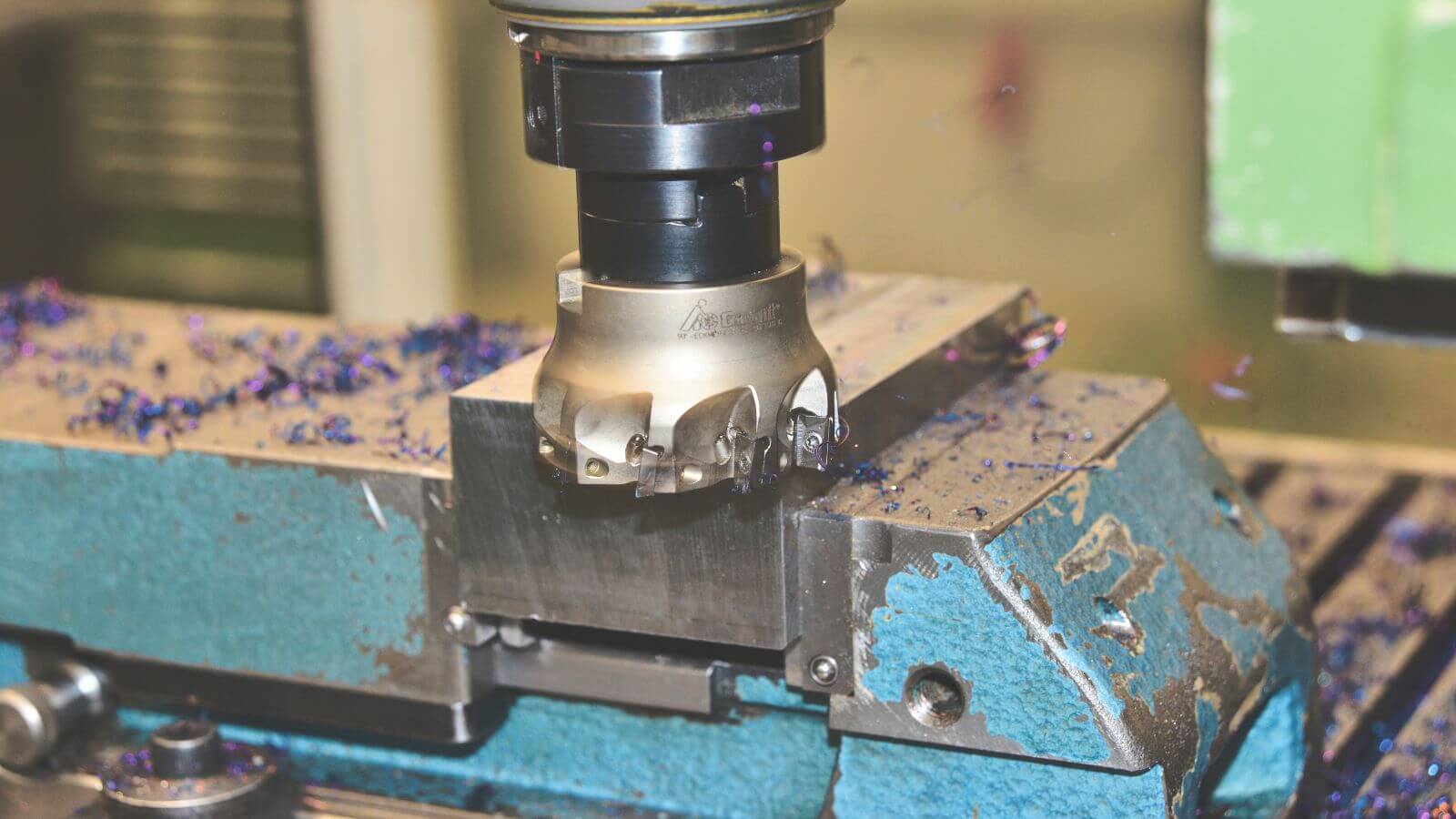
The utilization of grinding techniques in precision machining offers several advantages, making it a preferred method for many applications. Here are some key benefits:
● Superior Precision and Accuracy: Grinding processes are renowned for their ability to deliver exceptional precision and accuracy. They enable manufacturers to achieve tight tolerances, often in the range of micrometers, ensuring the precise fit and function of components. This level of precision is crucial in industries where even the slightest deviation can have significant consequences.
● Versatility and Material Compatibility: Grinding techniques can be applied to a wide range of materials, including metals, ceramics, composites, and even hard-to-machine materials like hardened steels and carbides. This versatility allows manufacturers to process diverse workpieces using a single machining method.
● Enhanced Surface Quality and Finish: Grinding can produce superior surface finishes that are not easily attainable with other machining processes. The abrasive action of grinding removes surface irregularities, resulting in smooth and polished surfaces. This is particularly beneficial in applications where aesthetics, functionality, and reduced friction are critical, such as in medical implants and precision instruments.
● Increased Productivity and Efficiency: Grinding processes can be highly efficient, enabling manufacturers to achieve high material removal rates and meet production demands. Additionally, advancements in grinding technology, such as the use of advanced abrasives and automated systems, have further improved productivity by reducing setup times, minimizing operator intervention, and enhancing process stability.
When selecting grinding processes for precision machining, several key factors need to be considered to ensure optimal results. These factors include:
● Material Properties and Compatibility: Different materials require specific grinding techniques due to variations in hardness, thermal conductivity, and other properties. It is essential to select grinding processes that are compatible with the workpiece material to achieve the desired results efficiently.
● Tolerances and Surface Finish Requirements: The required dimensional tolerances and surface finish specifications play a significant role in determining the suitable grinding processes. Processes capable of meeting the specified requirements should be selected to ensure the desired accuracy and surface quality.
● Cost-effectiveness and Production Volume Considerations: Factors such as production volume, cost-effectiveness, and time constraints should be taken into account when choosing grinding processes. Some processes may be more suitable for high-volume production, while others may be ideal for low-volume or high-precision applications. Considering the cost of equipment, tooling, and labor, as well as the time required for setup and machining, can help determine the most cost-effective grinding processes for precision machining.
● Machine Capability and Flexibility: The capabilities of the grinding machine, including its precision, stability, and available features, should align with the requirements of the machining project. Additionally, the flexibility of the machine to accommodate different workpiece sizes and geometries can be advantageous in diverse manufacturing scenarios.
● Environmental and Safety Considerations: Grinding processes can generate dust, noise, and heat, which may require appropriate measures for operator safety and environmental compliance. It is important to consider safety regulations, ventilation systems, and protective equipment when selecting grinding processes.
By carefully evaluating these factors, manufacturers can choose the most suitable grinding processes for their precision machining needs, ensuring optimal outcomes in terms of accuracy, quality, and cost-efficiency.
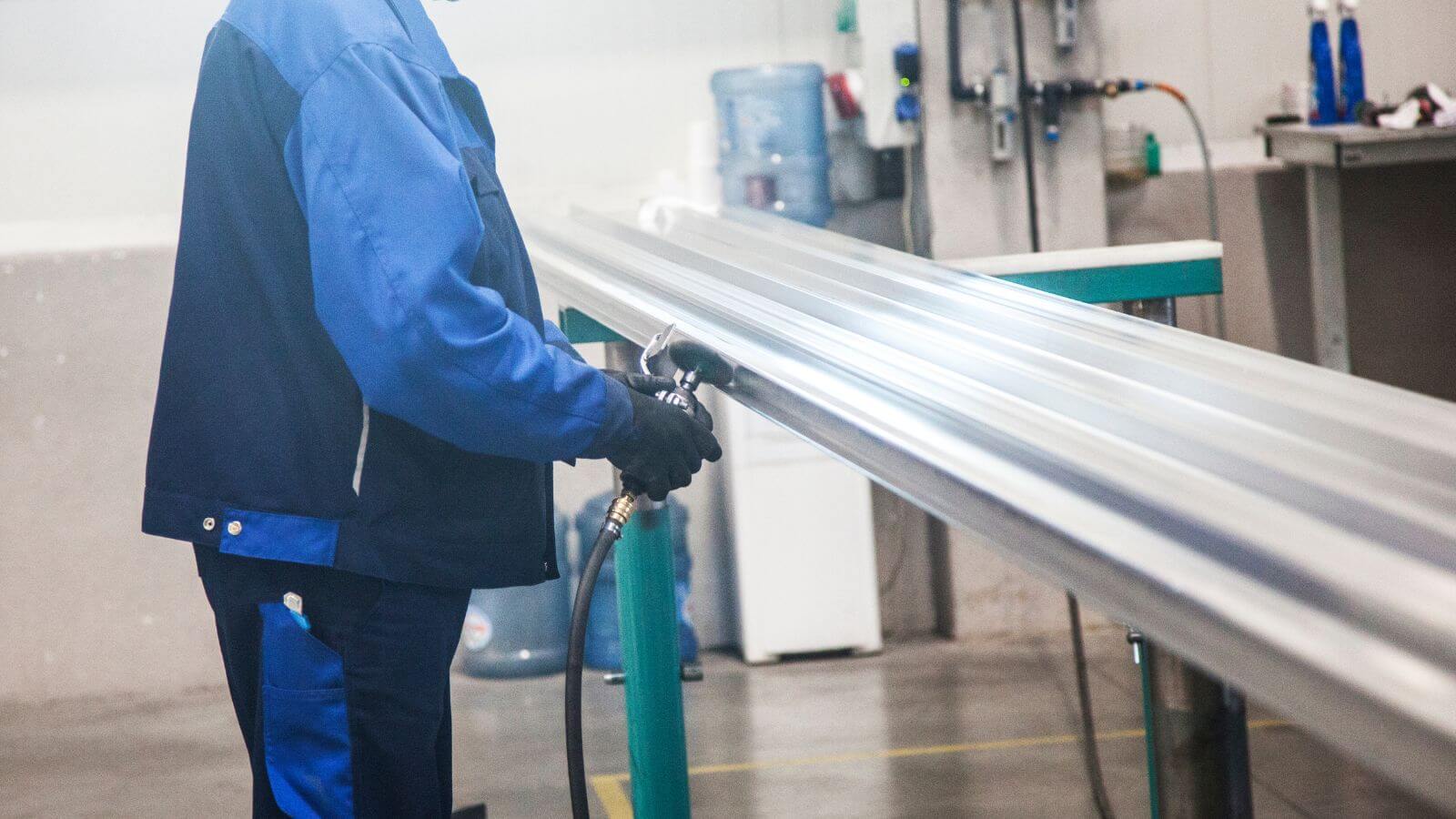
Precision grinding finds widespread applications across various industries. Here are a few notable areas where precision grinding plays a crucial role:
● Aerospace Industry: In aerospace manufacturing, precision grinding is essential for producing critical components such as turbine blades, engine shafts, and landing gear components. The high-precision grinding processes ensure the dimensional accuracy and surface finish required for optimal performance and safety in aerospace applications.
● Automotive Manufacturing: Precision grinding is extensively employed in the automotive industry for manufacturing engine components, transmission parts, and fuel injection systems. Grinding processes contribute to the precise fit, smooth operation, and durability of automotive components, enhancing overall vehicle performance.
● Medical Device Production: The medical device industry relies on precision grinding for manufacturing implants, surgical instruments, and components used in diagnostic equipment. Grinding processes ensure the necessary precision, biocompatibility, and surface finish required for medical applications, where patient safety and functionality are paramount.
● Tool and Die Making: Precision grinding plays a vital role in tool and die making industries, where the production of molds, dies, and cutting tools demands high accuracy and surface finish. Grinding processes enable the fabrication of intricate tooling components with precise dimensions, ensuring the quality and longevity of the tools.
● General Engineering: Precision grinding is widely used in general engineering applications, including the production of precision bearings, gears, cams, and shafts. These components require tight tolerances, smooth surfaces, and excellent geometric accuracy, all of which can be achieved through precision grinding.
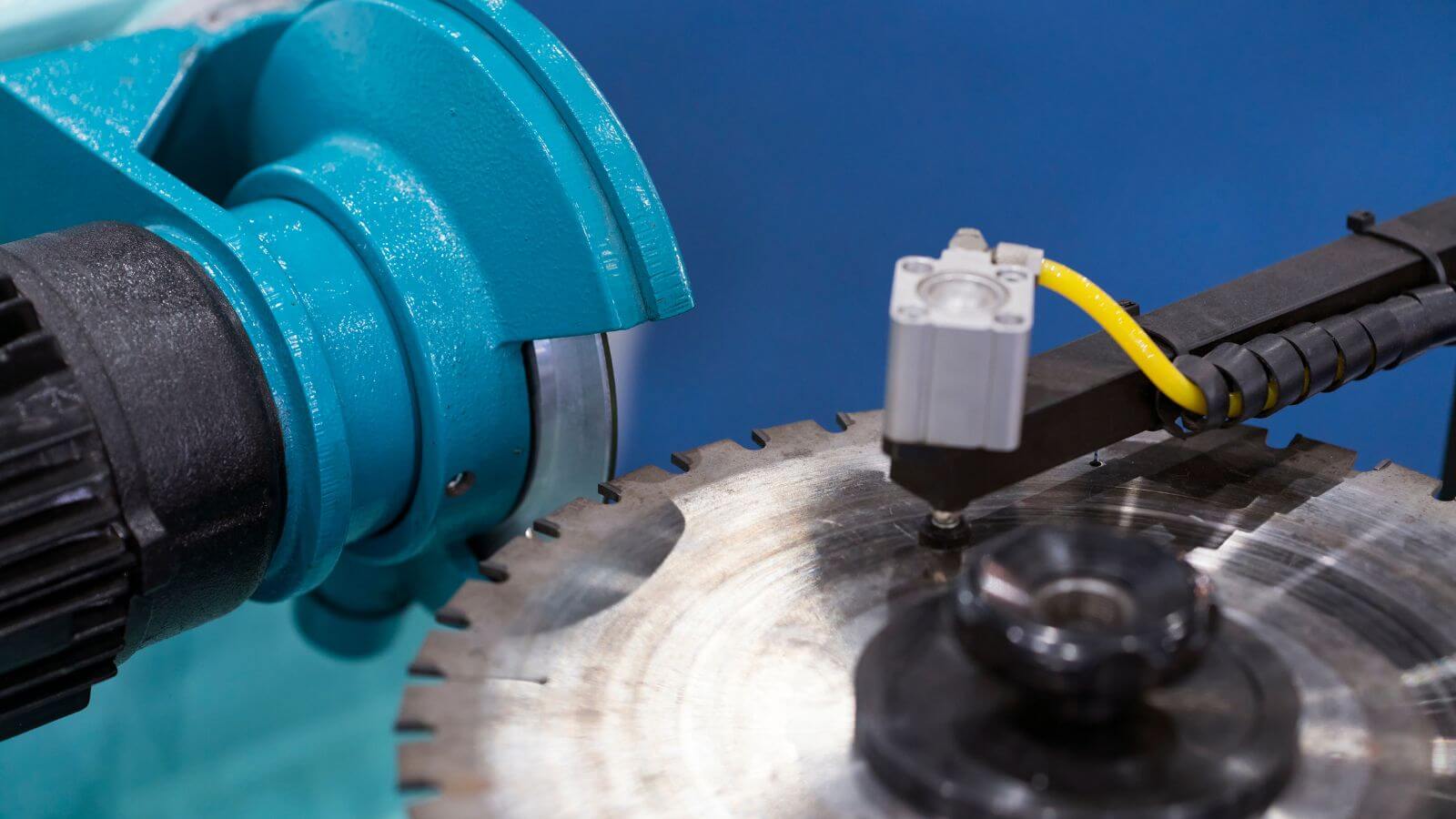
Optimizing grinding parameters is crucial to achieve the desired outcomes in precision machining. Here are some important parameters to consider:
● Grinding Wheel Speed: The rotational speed of the grinding wheel influences material removal rate, surface quality, and tool wear. It should be selected based on the workpiece material and desired outcomes.
● Feed Rate: The feed rate determines the rate at which the grinding wheel traverses the workpiece. It affects the material removal rate, surface finish, and temperature generation. Controlling the feed rate is crucial for achieving accurate dimensions and surface quality.
● Depth of Cut: The depth of cut refers to the amount of material removed in a single grinding pass. It affects the material removal rate, cutting forces, and surface integrity. Determining the appropriate depth of cut ensures efficient material removal without compromising accuracy.
● Coolant and Lubrication: Proper coolant and lubrication systems are essential in precision grinding to control heat generation, reduce friction, and improve surface finish. The selection of the coolant and its flow rate should be based on the specific grinding process and workpiece material.
● Dressing Techniques: Grinding wheels require periodic dressing to maintain their cutting performance. Dressing removes dulled abrasive grains and exposes fresh cutting edges. Choosing the appropriate dressing technique and frequency is crucial for ensuring consistent grinding performance.
By optimizing these grinding parameters, manufacturers can achieve precise control over the material removal process, resulting in accurate dimensions, excellent surface finishes, and extended tool life.
7. Conclusion
Precision grinding processes play a pivotal role in the field of precision machining. With their ability to achieve tight tolerances, excellent surface finishes, and dimensional accuracy, grinding techniques have become indispensable in industries such as aerospace, automotive, medical, and general engineering.
Understanding the various types of grinding processes, selecting the appropriate grinding tools, and optimizing grinding parameters are crucial steps in achieving the desired precision and surface quality. Additionally, considering factors such as material compatibility, cost-effectiveness, and machine capability further enhances the effectiveness of grinding in precision machining.
If you want to know more, please contact us!